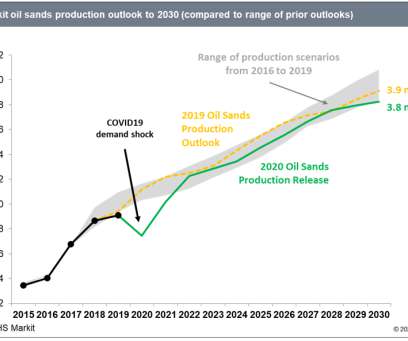IHS Markit: small long-term change for Canadian oil sands despite COVID-19 Shock & largest annual production decline in 2020
Green Car Congress
JULY 29, 2020
Canadian oil sands production is expected to decline by nearly 175,000 barrels per day (b/d) in 2020 as a result of COVID-19—the largest annual decline on record. The new forecast by the IHS Markit Oil Sands Dialogue , which takes into account the “COVID-19 shock,” projects Canadian oil sands production to reach 3.8





































Let's personalize your content